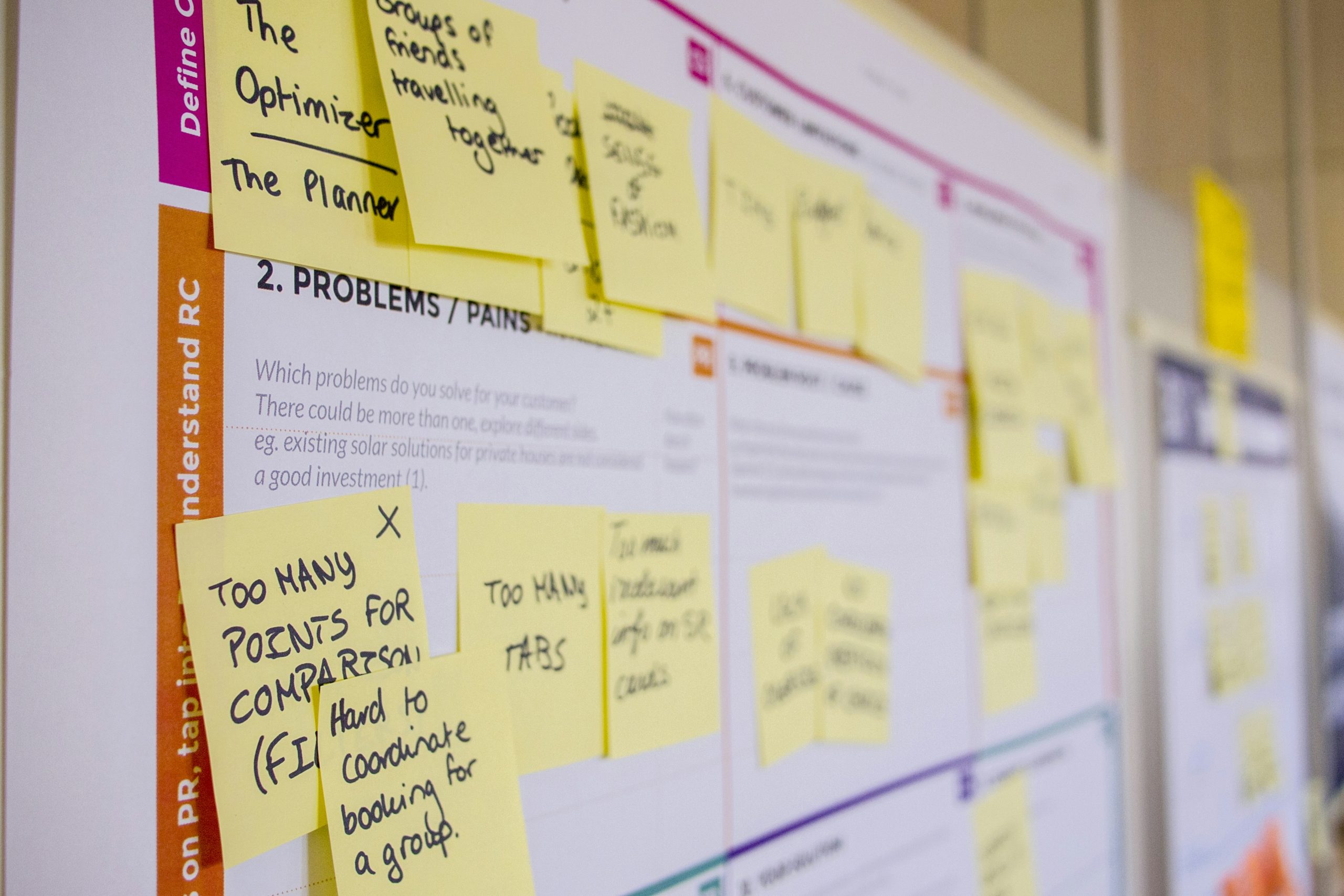In today’s competitive business landscape, efficiency is not just an advantage—it’s a necessity. Organisations that fail to optimise their processes risk wasted resources, disengaged employees, and missed opportunities. That’s where Lean principles come in. By focusing on continuous improvement and eliminating inefficiencies, Lean methodologies empower businesses to operate smarter, not harder.
What Are Lean Principles?
Lean is a mindset and methodology rooted in maximising value while minimising waste. Originating from the Toyota Production System, Lean principles have evolved beyond manufacturing and are now widely applied across various indu stries, from healthcare and finance to technology and professional services.
At its core, Lean is about:
-
Delivering Value – Understanding what customers truly need and ensuring every process adds value.
-
Eliminating Waste – Removing inefficiencies that drain time, money, and resources.
-
Continuous Improvement – Encouraging a culture of learning, feedback, and iterative enhancements.
-
Respect for People – Engaging teams, fostering collaboration, and empowering employees to drive change.
The Role of Process Optimisation in Business Success
Process optimisation is the structured approach to refining workflows, eliminating bottlenecks, and enhancing overall performance. When underpinned by Lean principles, it becomes a powerful tool for transformation. Here’s how it can drive business success:
1. Enhanced Productivity & Efficiency
By systematically identifying inefficiencies, businesses can streamline operations and allocate resources more effectively. A Lean approach ensures that teams focus on high-impact activities, reducing time spent on redundant tasks and freeing up capacity for strategic initiatives.
2. Cost Reduction Without Compromising Quality
Lean is not about cutting costs at the expense of quality—it’s about reducing waste. By improving workflows and reducing errors, businesses can lower operational expenses while maintaining or even enhancing product and service standards.
3. Improved Customer Satisfaction
Customers expect fast, high-quality service. Lean helps organisations identify and remove friction points in customer interactions, ensuring a seamless experience. When businesses deliver value more effectively, they build stronger customer relationships and drive loyalty.
4. Empowered & Engaged Teams
Process optimisation is not just about systems and workflows—it’s about people. A Lean mindset encourages employees to identify inefficiencies and contribute to continuous improvement. Engaged teams are more motivated, innovative, and committed to organisational success.
5. Greater Agility & Adaptability
In today’s fast-changing business environment, agility is key. Lean principles enable organisations to respond quickly to market shifts, regulatory changes, and customer demands. A culture of continuous improvement ensures businesses remain resilient and competitive.
Beyond Manufacturing: Lean in Modern Business Contexts
The beauty of Lean principles lies in their adaptability. We’ve helped organisations across diverse industries apply these concepts to their unique challenges:
Professional Services
For service-based businesses, Lean thinking transforms how teams collaborate and deliver results. By mapping client journeys and eliminating non-value-adding activities, professional service firms can dramatically increase billable utilisation while improving client satisfaction. One of our consulting clients reduced proposal development time by 40% whilst simultaneously improving win rates through targeted process improvements.
Technology and Digital Operations
In technology environments, Lean principles have evolved into agile methodologies that enable faster development cycles and more responsive solutions. The concepts of minimal viable products, iterative development, and continuous deployment all have roots in Lean thinking. Companies embracing these approaches typically see 30-50% reductions in development cycles while delivering solutions more closely aligned with customer needs.
Healthcare and Public Services
Even in complex environments like healthcare, Lean principles drive remarkable improvements. Process mapping and waste elimination in patient journeys can reduce wait times, improve care quality, and optimise resource utilisation—often generating both cost savings and better patient outcomes simultaneously.
The A3 Problem-Solving Approach: Lean Thinking in Action
A cornerstone of effective Lean implementation is the A3 problem-solving methodology. Named after the international paper size on which it was traditionally documented, this structured approach embodies Lean thinking in its most practical form.
The A3 process follows a logical flow:
-
Problem Definition: Clearly articulating the issue and its business impact.
-
Current State Analysis: Documenting the existing process with data.
-
Root Cause Analysis: Using techniques like the 5 Whys to identify underlying causes.
-
Target State Development: Visualising the improved process.
-
Countermeasures: Defining specific actions to address root causes.
-
Implementation Plan: Creating a timeline with responsibilities.
-
Follow-up Actions: Establishing measures to sustain improvements.
What makes A3 particularly powerful is how it combines visual thinking with collaborative problem-solving. The single-page format forces clarity and conciseness, whilst the structured progression ensures thoroughness. In our consulting practice, we’ve found A3 thinking transforms how teams approach challenges—moving from opinion-based discussions to evidence-driven improvement.

